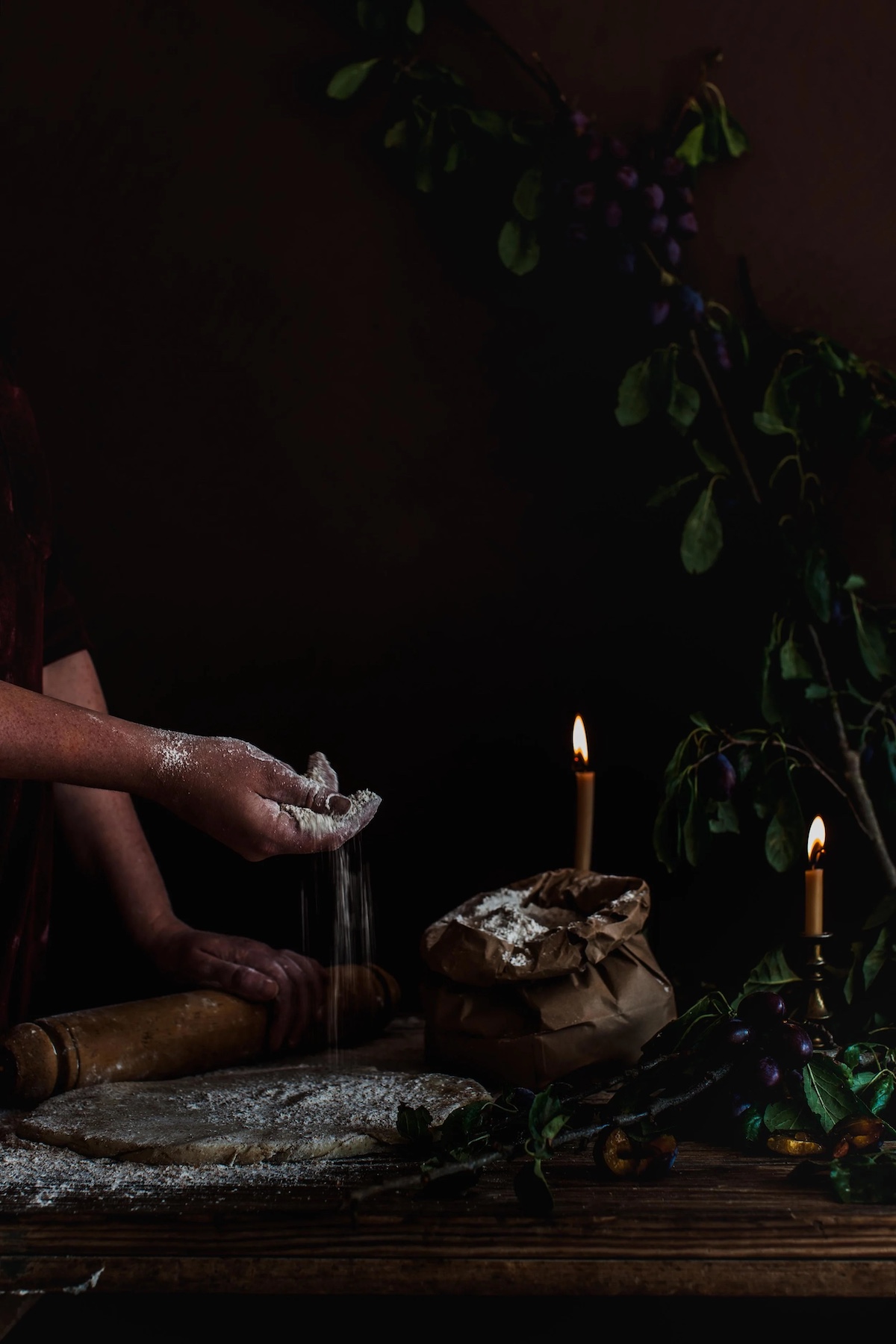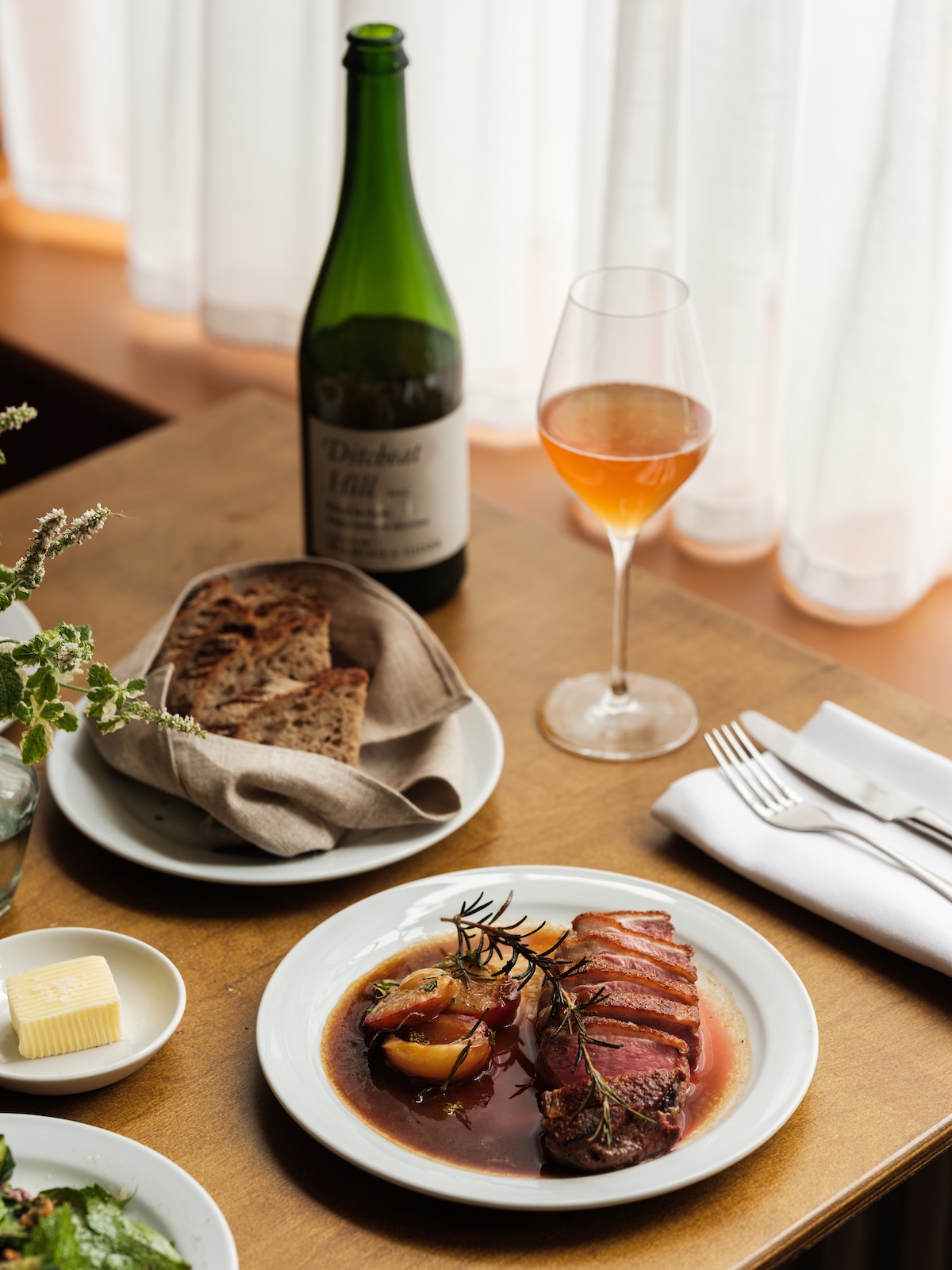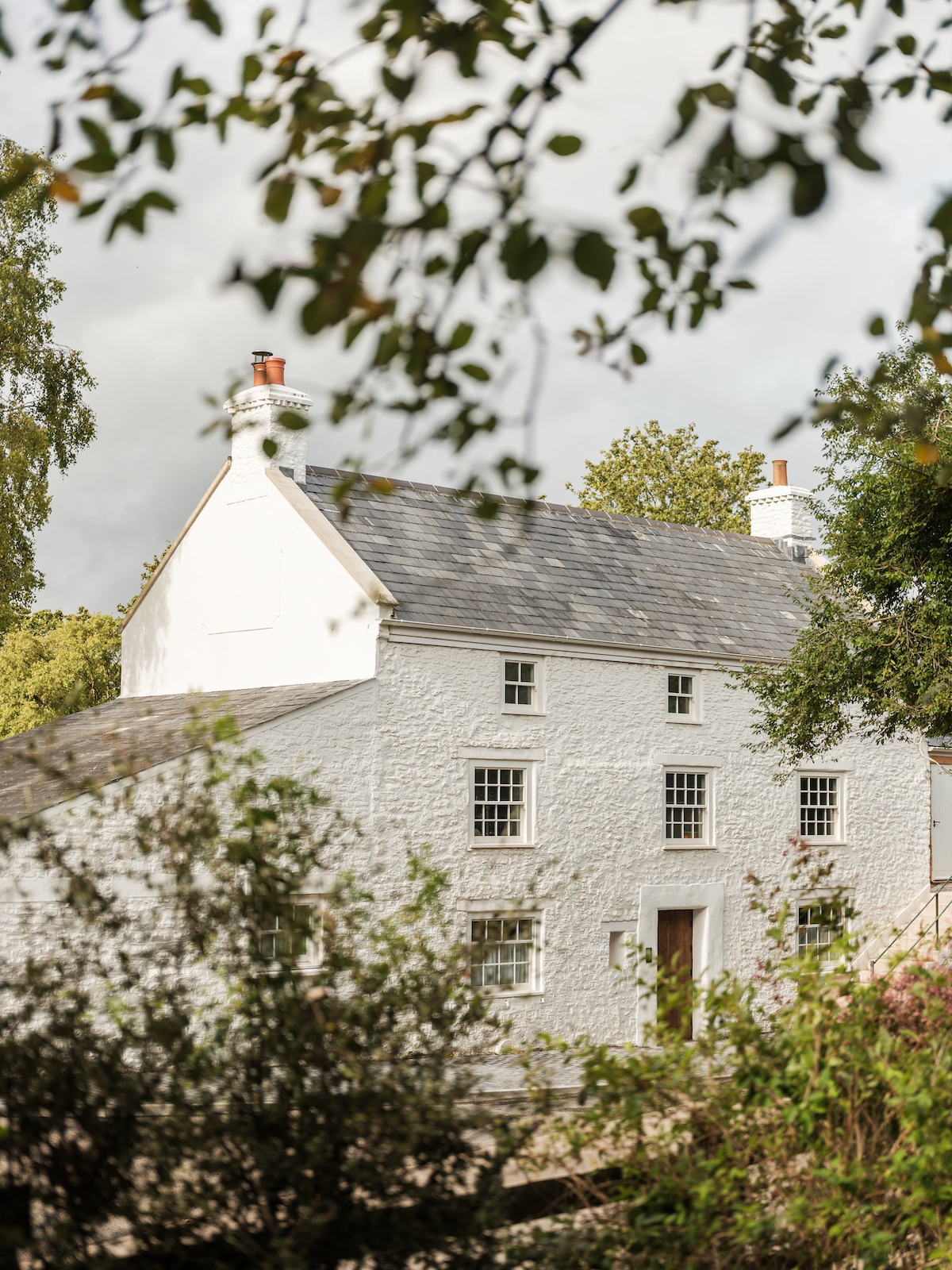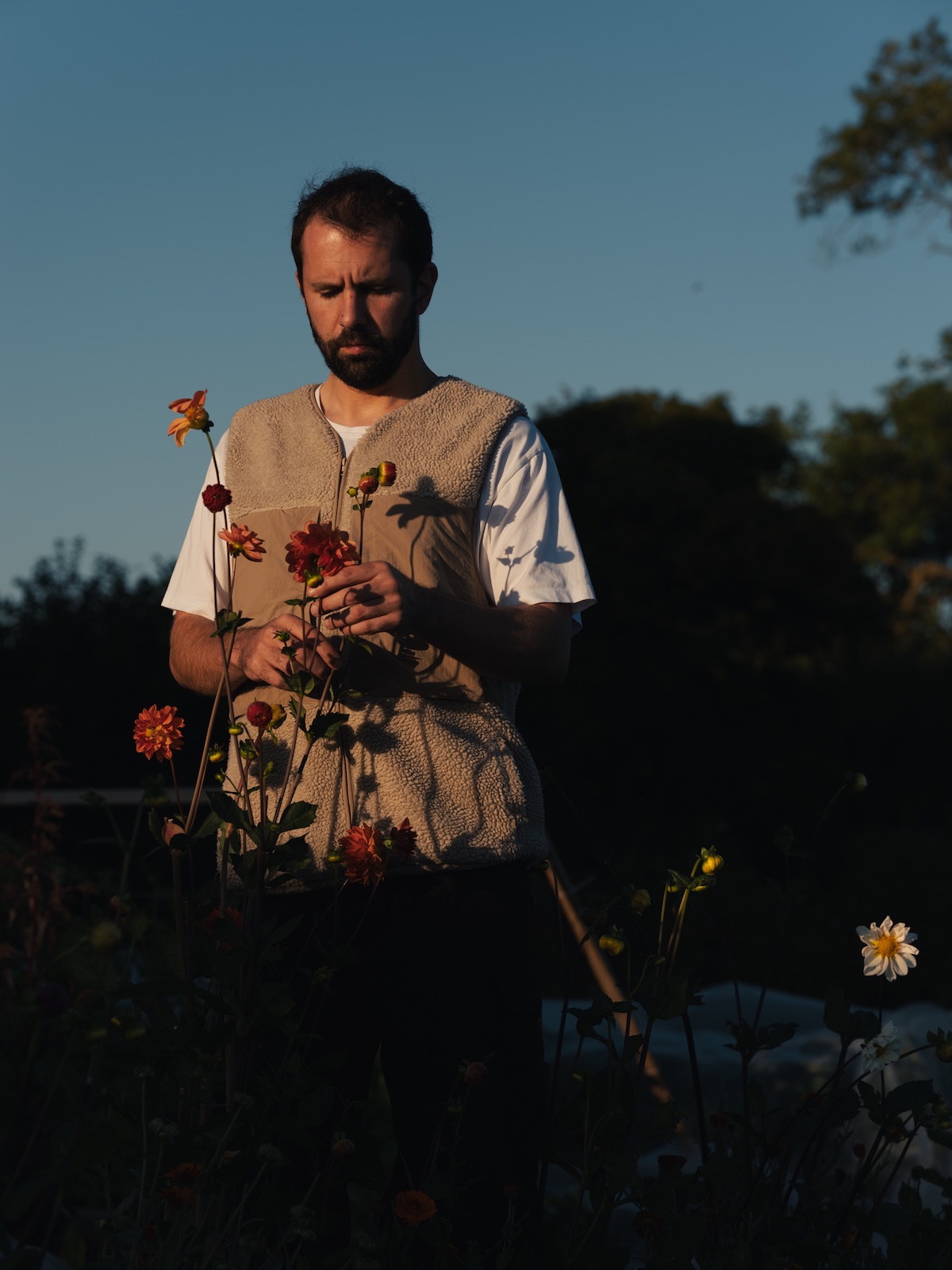JOIN the AFICIONADOS
Get the insider news and lowdown on what we've been up to, where we've been, and who we've met along the way. Be the first to discover new places and get the scoop on our favourites.
Quintessentially English, Bruton’s old stone cottages, Georgian townhouses and winding streets punctuate the canvas of a once-sleepy market town in the southwest. Set in the heart of Somerset’s lush-green pastures, it still carries the quiet air of a rural market town, yet has embraced a cultural resurgence that places it at the unmistakable pulse of a creative capital. This evolution has been handled with precision, balancing authenticity with originality, heritage with contemporary edge. The result is England’s southwestern hotspot for those who love country living – where Horse & Hounds meet an upstyled Defender – alongside the arts, craft, design, cooking and curating.
Art was the catalyst. The arrival of Hauser & Wirth Somerset transformed a working farm into a world-class cultural site, with minimalist pavilions, seasonal exhibitions and gardens designed by Piet Oudolf. Collectors, critics and cultural nomads now share its spaces with locals, while smaller galleries and working studios have followed, showing ceramics, sculpture, textiles and fine art shaped by the surrounding landscape.
Food here has the same sense of purpose. Osip, a Michelin-starred restaurant from Merlin Labron-Johnson, is the headline act: a farm-to-table tasting experience built entirely on seasonal, hyper-local produce. Briar, at Number One Bruton, offers inventive small plates and puddings in a neighbourhood-style setting, while At The Chapel brings Mediterranean simplicity and a celebrated bakery into a converted Gothic chapel. There is Italian warmth at Da Costa, modern barn-dining at Horrell & Horrell, intimate suppers at Matt’s Kitchen, and art-infused grazing at Roth Bar within Hauser & Wirth. The rhythm is slow, the sourcing exacting, and the results deeply rooted in place.
Bruton’s high street is lined with boutiques that lean towards the tactile and the original. Hauser & Wirth’s craft gallery, Make, presents limited-run works by contemporary makers. Hole & Corner champions heritage craftsmanship alongside global design finds. Lunaria offers floral artistry and botanical prints, Swan Vintage curates colourful retro fashion, Rose & Lyons delivers a soft-focus blend of fashion and lifestyle, and Phillips & Skinner tempts with rare antiques. These shops feel less like retail and more like an ongoing conversation between material, maker and story.
Architecture plays its part too. The village’s Georgian townhouses, stone cottages and converted barns have been reimagined by architects like Bindloss Dawes, Forgeworks and Studio MR, who favour local materials, soft modernism and a respect for history. Guesthouses and hotels reflect this same design literacy: Number One Bruton offers an artful blend of period buildings around a courtyard garden; At The Chapel stays true to its lofty ecclesiastical roots; Osip extends its culinary philosophy to its intimate rooms upstairs; The Space at Caro pairs studio light with crafted calm; and The Newt in Somerset, just beyond the village, spreads Georgian heritage and cutting-edge design across a working estate.
Craft is alive here. Fifty High Street merges retail with workshops and talks. Local makers spin Somerset wool into contemporary textiles, press heritage cider for premium blends, weave baskets, print fabrics and throw clay vessels in ways that merge tradition with experimentation. Entrepreneurs and artisans work side by side, building brands that feel both rooted and progressive.
Bruton’s strength is its balance. It remains small and unhurried, yet its influence is far-reaching. It does not market itself as a creative hub, but the evidence is everywhere: in the galleries, the kitchens, the shopfronts, the gardens, and the quiet confidence of a knitted community.








